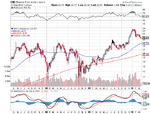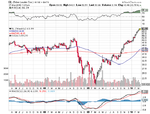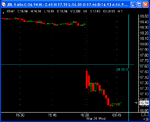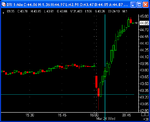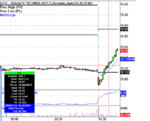Thanks for the reply, Richard. Much appreciated.
Interesting approach, yet it makes sense. I think that pretty much clarifies the exits for this method, if one relies on charts only.
I wonder if you use a similar approach, by switching the timeframes, on entry. As you mentioned in your post #4, you define a trend by a sequence of candles that have lower highs, or higher lows. Of course, the shorter the timeframe, the higher the chance that the nice waterfall will be broken. When that happens, do you switch to a longer timeframe to see if it still looks good ?
Also, do you use micro-analisys on entries ? Your posts #24 and #67 mention reading the tape. If that's the case, based on your experience, would you be able to estimate how many setups you pass because although they look good on charts they don't look good on tape ?
The reason why I'm asking is that even with proper risk control and position sizing, there's still the danger of over-trading, like you correctly identified in your post #71. For example, the charts on your posts #136 and #140 show potential entry points, prior to your actual entry, which had they be taken, would have resulted in scalps or losses. I guess what I'm trying to determine is how big a difference your edge makes in this method.
I hope you don't mind my being so inquisitive. I'm at my second run through this thread and it gets even better than the first read. For a newbie like me it's fascinating info.


